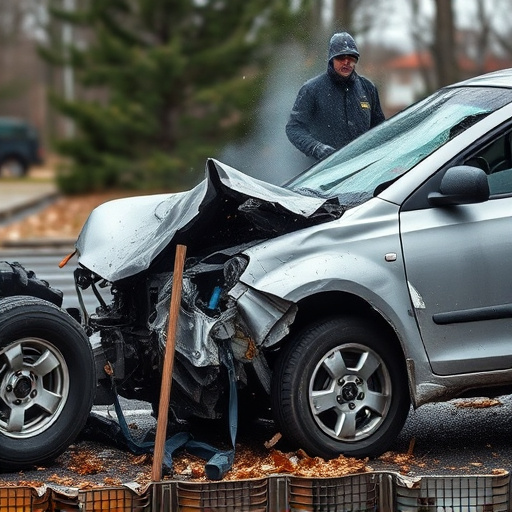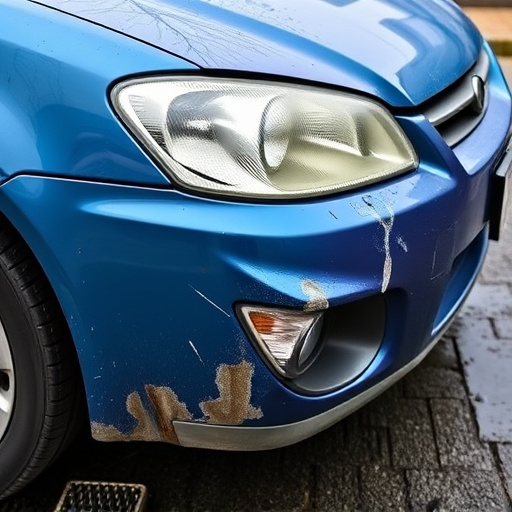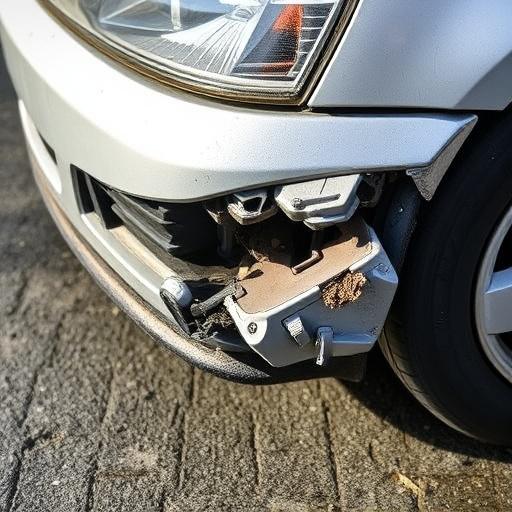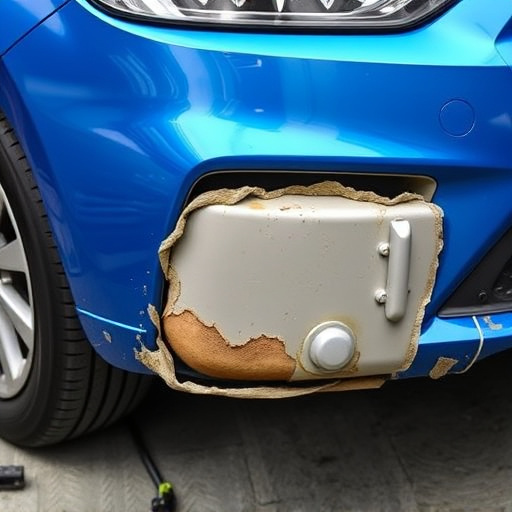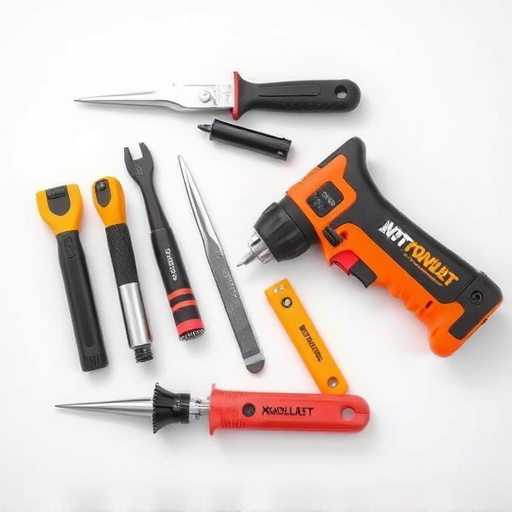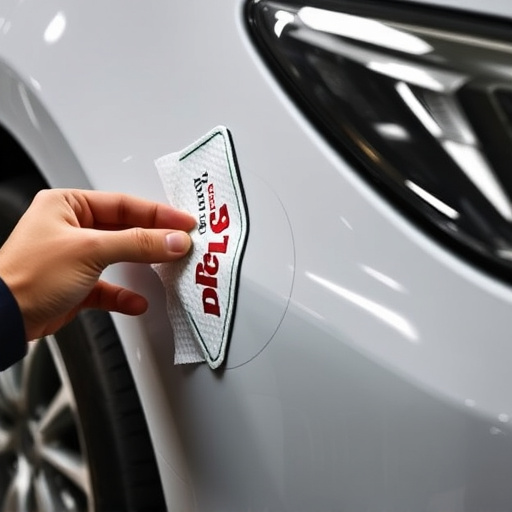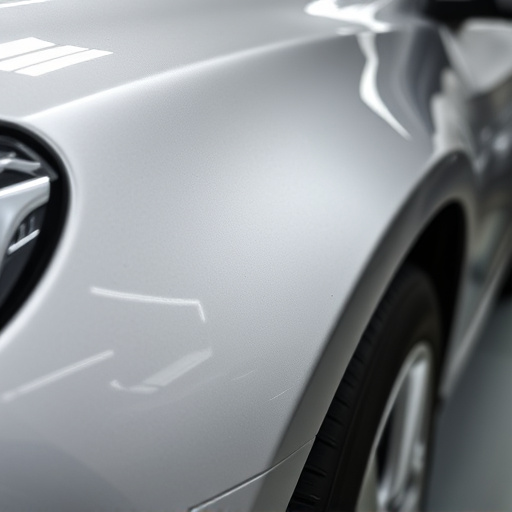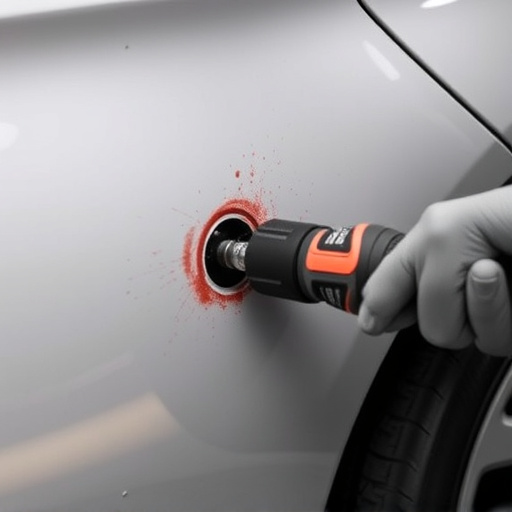Hood dents caused by external impacts require professional removal for severe cases to restore aesthetics and safety. Inspect from various angles, measure length/width, look for spread damage, and assess functional impact for deciding on DIY or expert auto body repair services focusing on hood dent removal.
Before attempting any repair, assessing the severity of a hood dent is crucial. This guide helps you navigate the process, from understanding common causes and types of hood dents to visually inspecting their size and shape. We delve into the functional impact beyond appearance and explore diverse repair options available for effective hood dent removal. By following these steps, you’ll make informed decisions, ensuring optimal outcomes for your vehicle’s aesthetic and performance.
- Understanding Hood Dents: Common Causes and Types
- Visual Inspection: Assessing Dent Size and Shape
- Beyond Appearance: Functional Impact and Repair Options
Understanding Hood Dents: Common Causes and Types
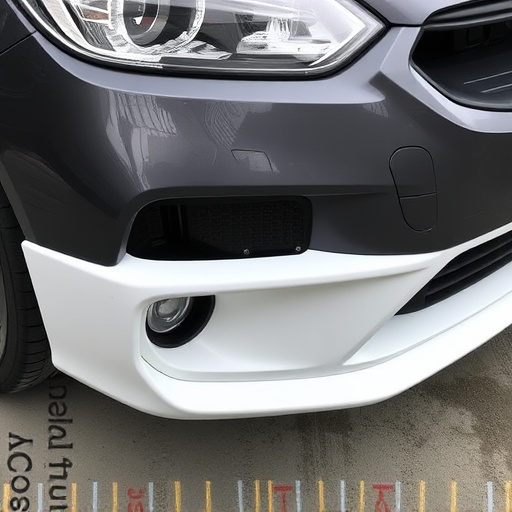
Hood dents are a common issue that can arise due to various factors, impacting both personal vehicles and those in need of car repair at trusted auto repair services. Understanding these causes and classifying the types of hood dents is an essential first step before considering any hood dent removal process. One of the primary reasons for hood dents is impact or damage from external objects like debris, stones, or even another vehicle during a collision. These impacts can vary in intensity, leading to different levels of severity.
Another category involves accidents or incidents involving minor collisions, where the force might not be significant enough to cause other severe damages but still leaves behind noticeable dents. Regardless of the cause, whether it’s a simple debris strike or a more complex accident, seeking professional assistance from a skilled car body shop is often recommended for proper hood dent removal and restoration of your vehicle’s aesthetic appeal.
Visual Inspection: Assessing Dent Size and Shape
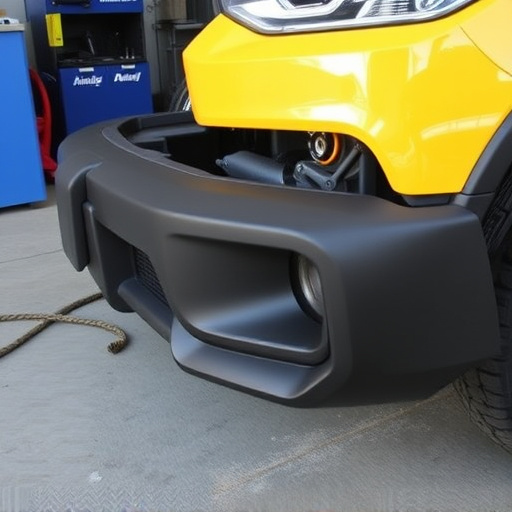
A visual inspection is the first step in assessing the severity of a hood dent and determining if removal is necessary. Examine the dent closely from various angles to get a clear understanding of its size, shape, and depth. Measure the length and width of the dent using a ruler or tape measure for accurate dimensions. Look for irregular shapes as they may indicate complex damage that requires advanced techniques like automotive body work or vehicle repair services.
Additionally, inspect the surrounding area for any signs of impact or damage. Dents often spread beyond what’s visible, so check for overlapping dents or areas where metal may have been pushed in or pulled out. These subtle indications can help you gauge the overall severity and determine if professional vehicle body repair is required for effective hood dent removal.
Beyond Appearance: Functional Impact and Repair Options
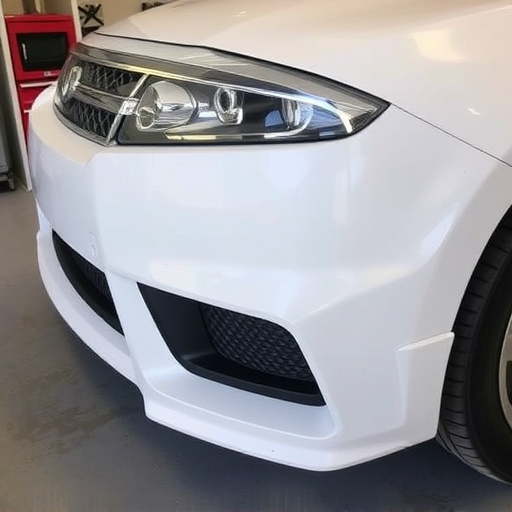
Beyond the visible aesthetics, evaluating the functional impact of a hood dent is crucial before deciding on any repair method. These dents can affect the car’s performance and safety systems, especially if they distort the alignment of key components like sensors or the windshield. A minor dent might only affect the car’s appearance, but a more significant one could compromise its structural integrity.
When considering hood dent removal, understanding the severity is key. Simple dents can often be fixed with DIY methods or basic auto body repairs, using tools like putty knives and dent pullers. More complex cases, however, may require professional automotive collision repair services. These professionals have access to advanced equipment and techniques, ensuring that not only is the hood restored to its original state but also that any potential functional issues are addressed, making your vehicle safe and reliable on the road.
When assessing the severity of a hood dent, considering both its visual appearance and potential functional impact is crucial before opting for any hood dent removal method. By understanding the different types of dents and their causes, you can make an informed decision on the most suitable repair options available. Remember, prompt action after sustaining a dent can often result in more effective and cost-efficient solutions.
